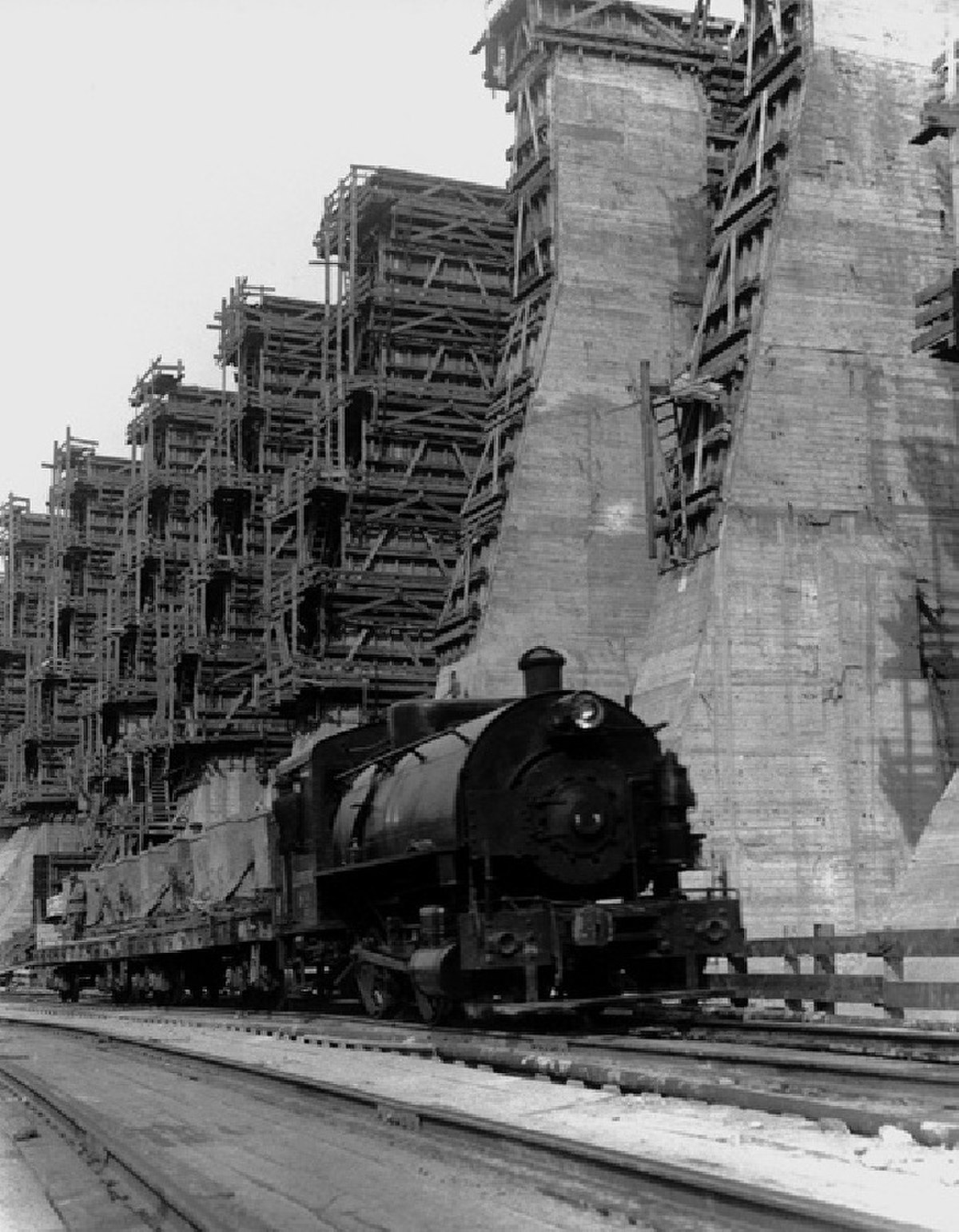
Industrialization in the Soviet Union
RussiaIndustrialisation in the Soviet Union was a process of accelerated building-up of the industrial potential of the Soviet Union to reduce the economy's lag behind the developed capitalist states, which was carried out from May 1929 to June 1941. The official task of industrialisation was the transformation of the Soviet Union from a predominantly agrarian state into a leading industrial one. The beginning of socialist industrialisation as an integral part of the "triple task of a radical reorganisation of society" (industrialisation, economic centralisation, collectivisation of agriculture and a cultural revolution) was laid down by the first five-year plan for the development of the national economy lasting from 1928 until 1932.
Engineers were invited from abroad, many well-known companies, such as Siemens-Schuckertwerke AG and General Electric, were involved in the work and carried out deliveries of modern equipment, a significant part of the equipment models produced in those years at Soviet factories, were copies or modifications of foreign analogues (for example, a Fordson tractor assembled at the Stalingrad Tractor Plant).
In Soviet times, industrialisation was considered a great feat. The rapid growth of production capacity and the volume of production of heavy industry (4 times) was of great importance for ensuring economic independence from capitalist countries and strengthening the country's defense capability. At this time, the Soviet Union made the transition from an agrarian country to an industrial one. During the Great Patriotic War, the Soviet industry proved its superiority over the industry of Nazi Germany.
Features of industrialisation:
- As the main link were selected investment sectors: metallurgy, engineering, industrial construction;
- Pumping funds from agriculture to industry using price scissors;
- The special role of the state in the centralisation of funds for industrialisation;
- The creation of a single form of ownership—socialist—in two forms: state and cooperative-collective farm;
- Industrialisation planning;
- Lack of private capital (cooperative entrepreneurship in that period was legal);
- Relying on own resources (it was impossible to attract private capital in the existing external and internal conditions);
- Over-centralised resources.
